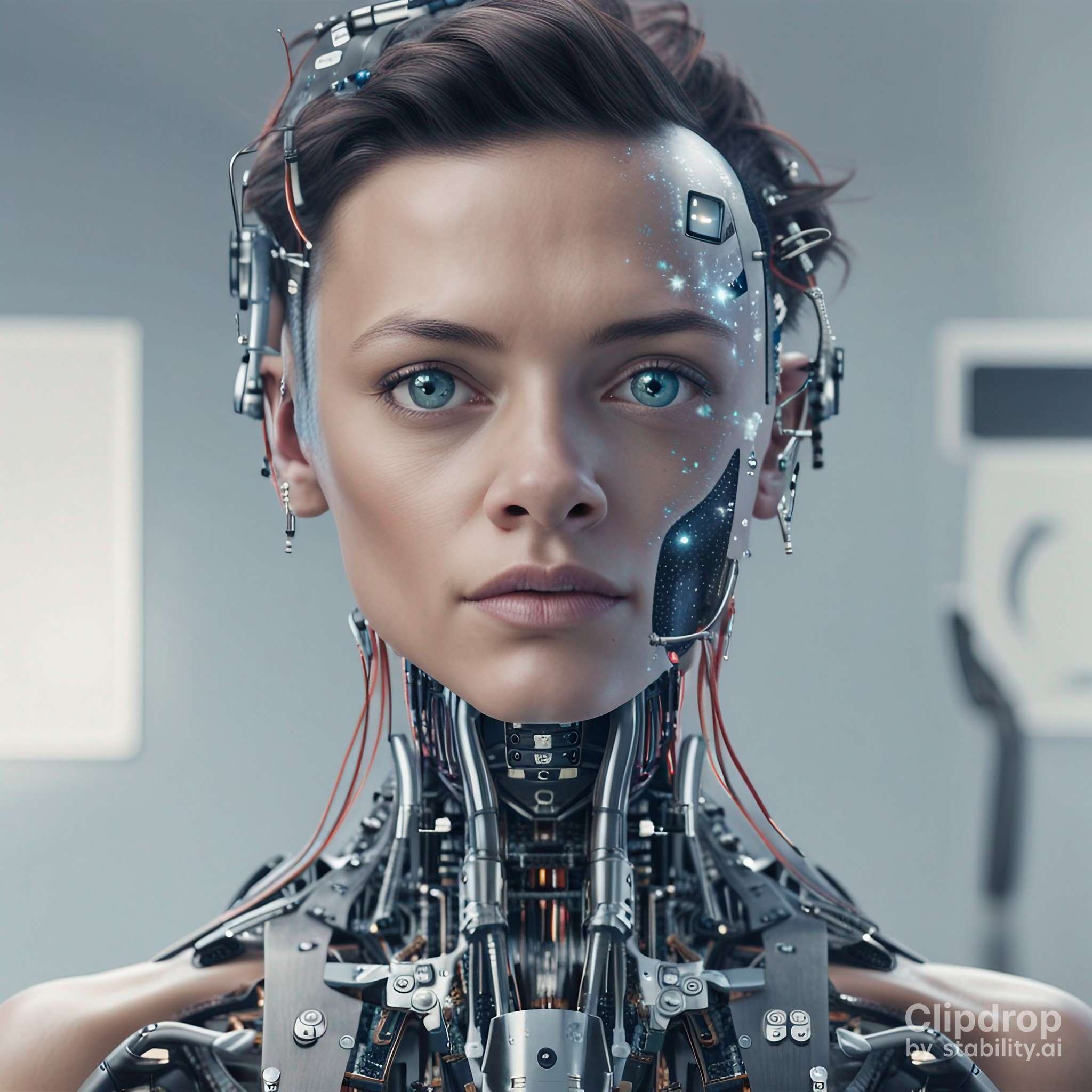It is indeed true that the next generation of intellectual property disputes may witness unique challenges related to AI-generated content. As AI technology continues to advance, we may see accusations such as “XYZ copied my prompts,” where individuals reference their art prompts and the specific AI software used. Additionally, there is an ongoing debate surrounding the legal notion of whether artwork created through AI interaction grants the “generator” or user intellectual property rights over the resulting artwork. These issues are highly controversial and subject to extensive debate within the legal community.
The emergence of AI-generated artwork poses complex challenges that require careful examination within the legal framework of intellectual property rights. The traditional legal principles governing copyright and patent laws may not directly address the unique situations arising from AI-generated content. To determine the appropriate legal treatment of such content, it is essential to consider existing laws, evaluate the extent of human creative input and control, and explore potential legal avenues for protecting these creations.
As disputes surrounding AI-generated content become more prevalent, it will be necessary for courts and legislatures to grapple with the intricate complexities and implications involved. Striking a balance between promoting innovation and creativity, and safeguarding the rights and interests of contributors to the creative process, will be crucial. To establish clear guidelines and frameworks that address the distinctive challenges posed by AI-generated artwork and effectively allocate intellectual property rights, robust legal discussions and precedents are required.
Given the dynamic nature of AI technology and its impact on artistic creation and ownership, legal systems must adapt and develop nuanced approaches to address these emerging issues. The resolution of these debates will shape the future landscape of intellectual property law, significantly influencing artists, creators, and the broader artistic community.
While the integration of generative AI has experienced significant growth and popularity across industries, concerns regarding its legality have arisen due to the replication of copyrighted human-created content during the training process. The emergence of AI-generated prints, social media filters, and the ability to mimic existing designs has heightened the need to consider the legal and ethical implications more closely.
Divergent perspectives exist regarding the legality of generative AI, with some asserting the potential for copyright infringement and future legal challenges, while others maintain that current activities align with legal boundaries and anticipate unsuccessful lawsuits.
To address these uncertainties, several key questions must be explored. Firstly, can the output of a generative AI model be subject to copyright protection, and if so, who would own the copyright? Secondly, if an individual holds the copyright to the input data used in training an AI model, does that grant them legal control over the model and its generated content? Furthermore, the broader question of managing the implications of this technology arises, including the need for legal safeguards in data collection and establishing a fair balance between developers and the data contributors.
In jurisdictions like the United States, works solely generated by machines typically do not receive copyright protection. However, in other jurisdictions like the United Kingdom, copyright protection may be possible if substantial human involvement can be demonstrated. The level of human input in the creative process is likely to be a determining factor when considering copyright claims for works generated with AI assistance.
Considering the majority of generative AI output, which is produced in large quantities with minimal human input, it is unlikely that such output would qualify for copyright protection. These models often rely on simple prompts or keywords, limiting the necessary human involvement required for copyright claims.
The question arises as AI-generated works, particularly those created through trial and error using carefully crafted word prompts, have gained prominence. The selection and refinement of prompts, which inform the creation of the entire work, can be argued to involve significant creative input akin to the act of framing a shot in photography. However, the challenge lies in determining whether this creative contribution confers authorship to the human in the resulting AI-generated visual or musical work.
In traditional copyright doctrine, a human’s creative choices are inferred and credited solely to the human once a work is fixed in a tangible medium. The existence of the work itself is considered evidence of the human’s creative effort, without the need for detailed explanation or defense of the choices made. However, the rise of AI production raises questions about the vast amount of work being produced and the nature of human involvement in its creation.
While prompts may be protectable literary works in their own right, determining whether they confer authorship to the human in the resulting work presents challenges. This would require a case-by-case assessment of copyrightability, which could lead to administrative complexities and chaos for copyright authorities.
It is difficult to conceive of a universally applicable doctrine that reconciles the requirement of human authorship with a discernible connection between prompt writing and the resulting work. As a result, the law may hold that copyright does not attach when an AI has made a significant portion of the creative “choices” in the claimed work.
This perspective aligns with the fundamental principles of art and copyright, both of which are deeply rooted in human constructs. The utilitarian origins of copyright, focused on enabling authors to earn a living, and its civil rights origins, which recognize the author’s natural ownership of their creation, hold little meaning for machines. Similarly, machine-generated “art” is unlikely to hold meaningful value for humans.
We now find ourselves entering a new phase in which machines are being trained on vast volumes of human-authored works, potentially replacing humans in the production of literary works, visual arts, music, and eventually, performing arts. The technology is advancing rapidly without sufficient consideration as to whether it constitutes genuine progress.

